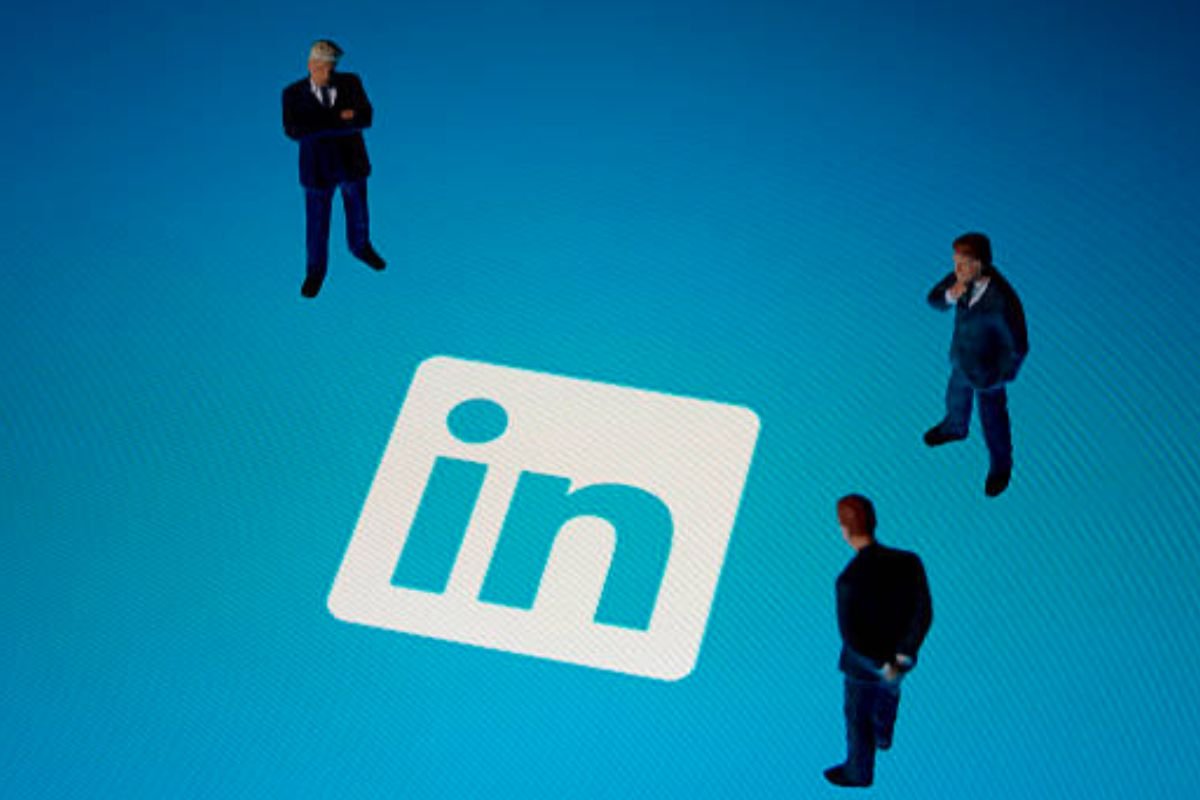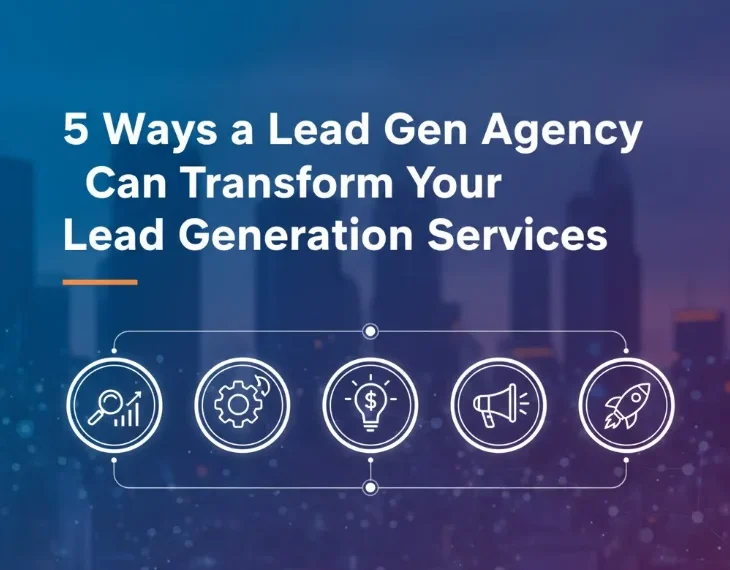B2B marketing and sales are mostly carried out on LinkedIn. Since there are over a billion members on LinkedIn, it’s the place leaders go to network, connect and learn about new brands. When your competitors have a big following on LinkedIn, those followers probably consist of your targeted customers. The upside is that… You can gather followers from competitor LinkedIn profiles and turn the collected data into a strong lead list as long as you do it properly.
It provides details on how to automate lead generation by collecting competitors’ followers, what tools are available and how to stay ethical in this process.
Why Scrape LinkedIn Followers?
You should know the purpose before looking into how it’s achieved. People who are following a company on LinkedIn are interested in its niche, product category or industry. When followers belong to a rival page, they might be considering something other than the main brand which is a chance for you.
Scrape LinkedIn Followers lets you choose exact prospects to target instead of using ads or regular outreach. Because you have an area with people who are interested, you don’t have to form an audience from nothing.
Can You See Followers of a LinkedIn Company Page?
There is no way to see the full list of followers of a company page on LinkedIn. Therefore, getting a list of people who follow a LinkedIn account is harder than getting a list of people who have commented on posts or belong to groups. Many times, followers of the company become involved by liking, commenting or sharing the content that’s posted by the company. Such interactions can be seen and their information can be gathered. After some time, using engagement data and regular patterns, you can find and add many of their real followers to your list.
Also, with tools and AI agents, you can identify users who follow and interact with the company and people who often write blog posts for it.
Step-by-Step: How to Scrape LinkedIn Followers of a Competitor Page
Step 1: Identify Target Pages and Posts
Begin by choosing a few competitors whose client base matches your ICP (Ideal Customer Profile) closely. Go to their LinkedIn pages and notice which posts are highly engaged with lots of people liking, commenting on or sharing them. By observing the profiles you can identify their main fans.
Step 2: Use a LinkedIn Data Scraping Tool
You will then have to set up a LinkedIn tool that extracts data from Leads. You can use GenieBoo octoparse.ai to scrape engagement on your LinkedIn posts, the number of views on your profile and your followers.
With these tools, you can gather data such as name, headline, company, location and URL to the profile. For extra support, some companies add confirmed email addresses, phone numbers and links to social accounts.
Step 3: Scrape and Segment the Data
Once the process of gathering followers (or post engagers) is done, you should arrange your data. Divide your audience according to their job titles, seniority level, the industry they are in or their region.
Paying attention to this part is extremely important. Sending a high number of leads without sorting them might give you quantity, but assembling them into relevant groups makes your contact work better. A message meant for a CMO would differ from one meant for a junior analyst.
Step 4: Enrich Your Data with a LinkedIn AI Agent
To learn more, put the data you scraped into an AI user or enrichment tool from LinkedIn. These tools are able to monitor job changes, analyse profile keywords, skills and recent activity. It helps you shape your approach to sales, as behavioral information directly helps your chances of getting a response.
So, if a person has just engaged with information about CRM systems and your tool matches what they need, the outreach can address their specific pains.
Step 5: Launch Targeted Outreach Campaigns
Take your numbered, neat list and insert it into a LinkedIn lead generation program like Waalaxy, Dripify or Lemlist. Platforms like these let you use automated campaigns, scheduled email series and reach out to people through connection requests.
You should make sure to blend automation with being genuine. Mention them by their first name, include the competitor they follow and talk about similar content or subjects they interacted with. LinkedIn data scraping can significantly raise how often your communications are replied to.
The Compliance Question: Is Scraping LinkedIn Followers Legal?
The truth is, LinkedIn does not allow scraping follower data, so it can lead to limitations on your account if you do it improperly. Still, extracting data from profiles, especially engagement data, does not break the law in general. It is, however, necessary to follow compliance best practices:
Collect data from what is open to the public only.
Don’t use the same IP address to run several accounts because it may be picked up by LinkedIn’s anti-bot tools.
Avoid sending spam through scraping, always allow people to opt out of your messages.
Use scraped data according to GDPR, CCPA and other regulations that are suitable.
Using options such as random delays, behavior that looks like a real person and daily restrictions helps ensure you follow LinkedIn’s rules.
The Strategic Edge of Scraping Competitor Followers
Building your competitive intelligence and attracting warm audiences is one of the top reasons why sales and marketing teams scrape followers on LinkedIn. The result is that you understand the material better if you do it thoughtfully.
There is a pre-existing group of leads that are already involved in your niche.
Details on the marketing content and themes their competitors use
A method to try out a new market without taking a huge financial risk
It is like growing your competitor’s email list by accident, rather than by asking people.
Final Thoughts
Scraping LinkedIn followers of your rivals is now extremely useful for sales and account-based marketing as long as you approach it properly. Applying useful tools for crawling data, splitting segments and providing personalized messages turns anonymous fans into real leads for your pipeline.
Scraping is only the first part, not how you should come up with your strategy. Real value comes from using the data to connect with, communicate with and convert customers.









